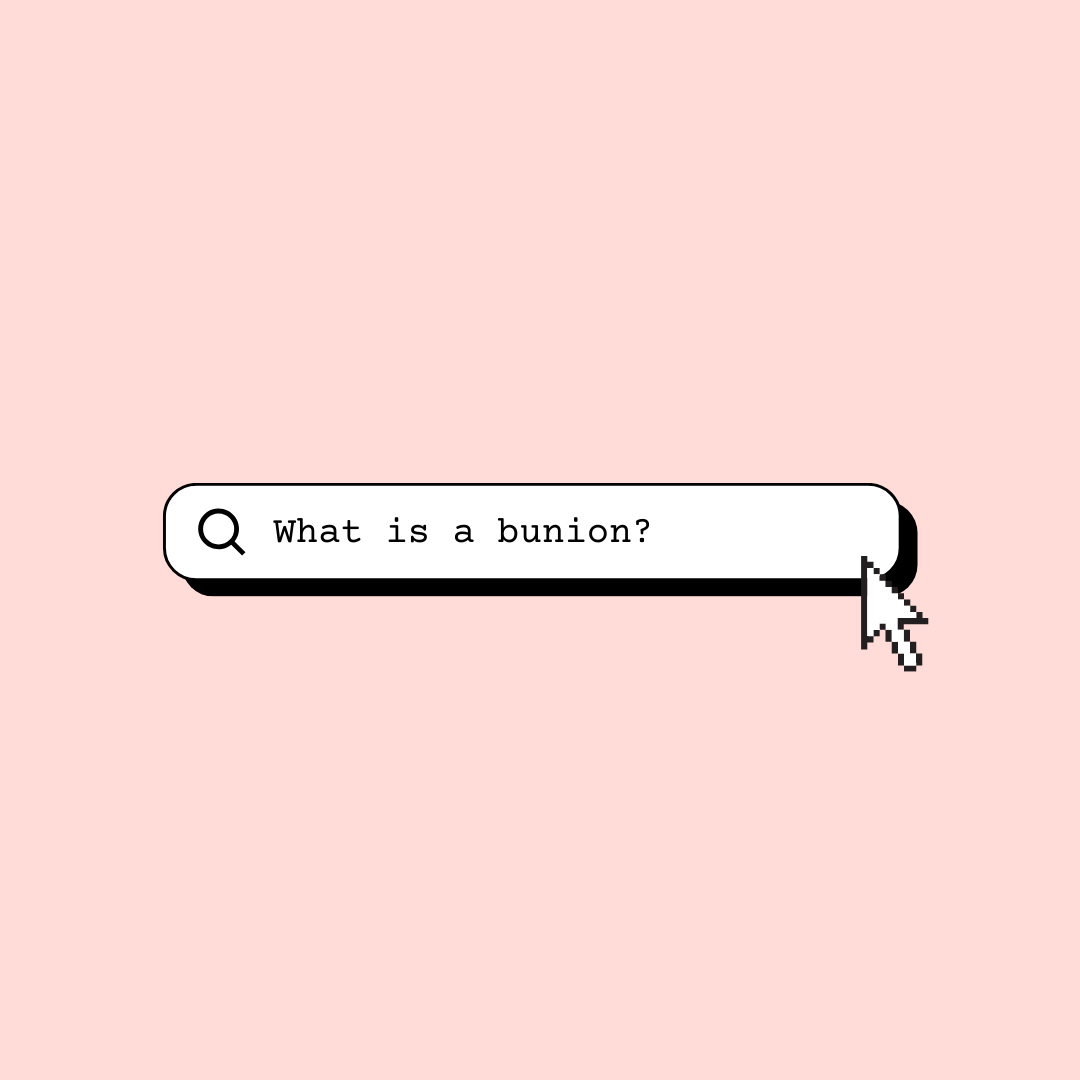
Insoles for Bunion Pain.
Don’t let your big toe bring you down.
Think you may have a bunion?
DO YOU:
A) Have a change of alignment of your big toe with your toenail shooting towards your second toe and your big toe joint jotting towards your other foot? Do you have an enlarged, protruding bump? Does it get sore and rub when you wear tighter fitting shoes?
It’s likely you have bunion changes occurring (aka HAV) without inflammation.
A+B) Suffer with pain in and around your big toe joint when you’re wearing shoes, particularly tighter fitting, flimsy-soled shoes? Do you have pain when your heel comes off the ground and weight is going through your big toe like when you’re going upstairs? You might experience burning, sharp pain in the big toe area that reduces to a dull, consistent ache. It’s likely you have osteoarthritic HAV changes with inflammation in the joint.
A+B+C) Have pain under your second toe with the second toe popping up and towards your big toe? Do you need to wear very wide and deep shoes that have a soft upper for comfort? It’s likely you have a hammer toe forming in addition to your angry bunion. Read on — we can help you but we recommend you see a foot specialist.
a BIG (toe) issue.
The big toe joint is one of the most important joints of the foot to allow transference of body weight and accelerate us forwards. When the big toe deviates towards the other toes, the outside of the joint gets stretched and exposed, whilst the top and inside of the joint become jammed. Over time, the joint malalignment and instability causes wear and tear (osteoarthritis) and the instability leads to further joint changes and subsequently, pain, inflammation and swelling.
There are two major factors that contribute to bunions:
Footwear
Due to the location of the big toe joint within the toe box of a shoe, the shape, fit, heel height and depth of footwear can heavily influence the onset of bunion change, as well as the resolution of pain.
Biomechanical dysfunction
When the arch of the foot collapses (over pronates) the range of movement of the big toe joint is blocked and tightness / weakness occurs in the foot muscles, causing a bow-stringing effect that pulls the toe across
The big toe joint might be naturally unstable (hypermobility) or the 1st metatarsal naturally short
Due to its position on the foot, big toe pain can be tricky to offload. Changing footwear and modifying exercise (no lunging /burpies / plank etc) is often required along with insole support, toe separators and exercises. If the home management fails to minimise symptoms to a tolerable level, a foot specialist appointment is recommended for customised orthoses and / or surgical management.
Exercises at the end of the day:
1. Do toe spread activations, aiming to hold your toes apart from each other, whilst on the ground, for 5 seconds x 10.
2. Roll your arch over a golf ball, with focus towards the ball of the foot
3. Use a frozen water bottle to massage along the inside arch area towards the big toe
Support:
1) Avoid unsupportive, flimsy, tight-fitting, high heeled and pointy-toed shoes. For walking and exercise, try HOKA ONE ONE. For dress shoes, look for a stiffer sole with a well fitted toe box.
2) The EB FLATS innersoles have unique engineering that supports the arch to prevent over pronation and reduces the load off the 1st metatarsal. Additionally our metatarsal dome reconstructs the metatarsal parabola. Simply add the EB footbeds into all styles of shoes.
3) Purchase gel toe separators / spacers for between the big toe and second toe from a podiatrist or chemist.
HERE’S HOW EB INSOLES WORK FOR BUNION PAIN →
“I have had painful bunions ever since I was a young dancer. My physio recommended these insoles & I am so happy with them, I use them in every shoe - including my ballet flats!”
– Isobel Ng, Dancer






